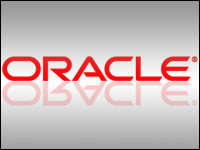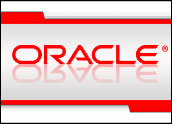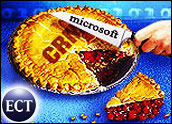
Oracle announced a compromise today on its licensing fee structure for dual-core Intel or AMD processors, which moves it closer in line with other software vendors.
The database vendor had originally said it would continue to calculate licensing fees for its database and middleware products based on the number of processing cores a customer uses, so that a dual-core processor would cost twice as much.
Fraction of the Cost
The company now says it will count each core on a multiprocessor chip as three-quarters of a processor.
However, when there is only one dual-core processor running a server, Oracle will license it as a single CPU. That means that users of the low-end Oracle Standard Edition One or Standard Edition programs, used on a single processor server, will not be double charged.
Others Led the Way
Oracle had been under pressure for months to change its fees. Microsoft, Red Hat, Novell and IBM all treat dual-core chips as a single processor.
IBM, which continues to count its own dual-core Power chips as two processing units, said that it was basing that decision on performance. Although dual-core chips contain two processors, performance does not double.
Better, but Not Double
Oracle said it came to the same conclusion. Jacqueline Woods, Oracle vice president of pricing and licensing, said the company has been working for months to come up with a new licensing plan. In a conference call today she said that customers see performance improvements of between 1.5-1.75 times when they switch from a single-core to a dual-core server. Oracle used those numbers to come up with the .75 plan.
“Oracle wants to achieve a balancing act between continuing to achieve its margin goals and not losing penetration share due to more advantageous pricing from competitors, particularly Microsoft and IBM,” Evan Quinn, vice president of enterprise applications research, IDC, told CRM Buyer. “It is likely that Oracle took a very close look at these two at-odds factors, and discovered that the .75 answer would come close to the balance they were trying to achieve, at least for the foreseeable future.”
The move may not have customers jumping for joy, but it’s better than nothing.
“For plenty of customers, the .75 answer, while not perfect, will offer a welcome respite,” Quinn said.










































